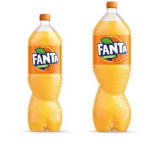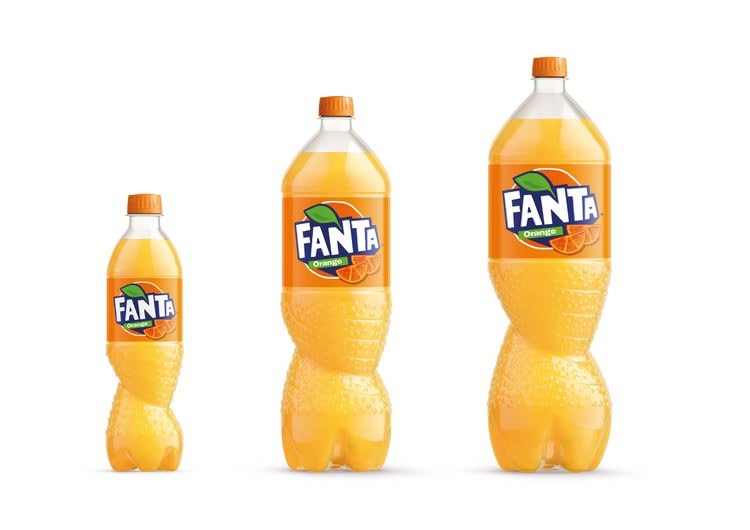 Sidel has collaborated in the new “spiral” PET bottle project from The Coca-Cola Company (TCCC), with the company’s 40-year expertise in PET packaging instrumental in the successful rejuvenation of the Fanta brand and the challenges involved in getting it right.
Sidel has collaborated in the new “spiral” PET bottle project from The Coca-Cola Company (TCCC), with the company’s 40-year expertise in PET packaging instrumental in the successful rejuvenation of the Fanta brand and the challenges involved in getting it right.First appearing on shelves in the1940s, Fanta is TCCC’s biggest brand after Coke. Like any great product, Fanta has evolved over the years, with a number of bottle re-designs under its belt. However, the popularity of the Fanta Splash bottle shape had led to it becoming something of a generic bottle for sparkling beverages on the supermarket shelves of key markets. Consequently, this diluted the Fanta ownership of the bottle shape in what is the second-largest brand outside the US and therefore a very important product in the TCCC range. That is why Coca-Cola started to design and develop a new proprietary Fanta packaging shape, applicable to both PET and glass bottles, in order to provide a protectable new global standard for the brand.
Supporting the Fanta brand rejuvenation
“After years of success in the international soft drinks market, the Fanta Splash shape had effectively become owned by the carbonated soft drinks category rather than the brand.This is quite a standard occurrence over the life cycle of a brand which inevitably evolves over time. This meant it was the right time to redesign the bottle with an impactful shape to make it stand out once again on the shelves”, explains Gregory Bentley, Coca-Cola Packaging Engineer in charge of global project coordination. Working closely with Leyton Hardwick and his team at Drink Works who were the winning agency in a 5 way pitch and supported by the Fanta packaging team network “We established a global network where it was possible to gather up-to-date packaging mix information, specific market requirements and on-going feedback on suitable design routes”, continues Bentley.
As part of this global technical network, TCCC also involved experienced supply partners in this design challenge. Sidel has played a key role in the packaging project development, namely qualifying the new Fanta bottle for industrial production. “By embedding the supplier’s knowledge and experience from the very first steps of this journey, we have ensured viable bottle forming, filling and performance,” continues Bentley. “It was great to count on Sidel as part of this project as a very skilled and responsive partner.” The new bottle shape required precise understanding of how PET behaves under pressure, particularly with regard to how the carbonation of the beverage can potentially deform the bottle sections, which could lead to the drink spilling. Just like its predecessor, the new bottle was to be produced to be 100% recyclable.




